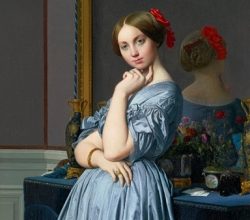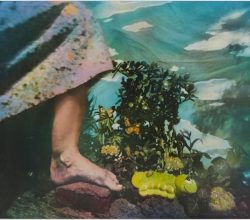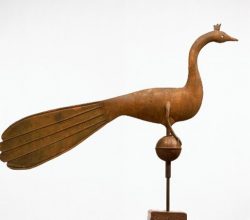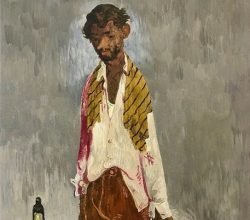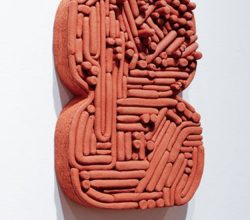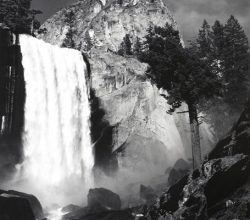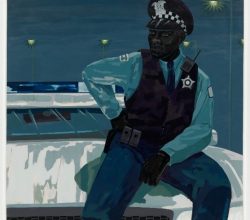
A searing, all-star art show explores Black grief from the civil rights era to now
Sebastian Smee | The Washington Post | 17th February 2021
A group show in New York, curated by the stellar Okwui Enwezor, considers racism in the US. Given the complexity of that issue, there is no single message, political or otherwise. Instead, the show is a meditation on grief in the face of anti-Black violence, an emotion that is private and “profoundly destabilizing”. “An emblematic show” says the writer, combining “deep cultural tradition with a sense of immediate cultural crisis”.

